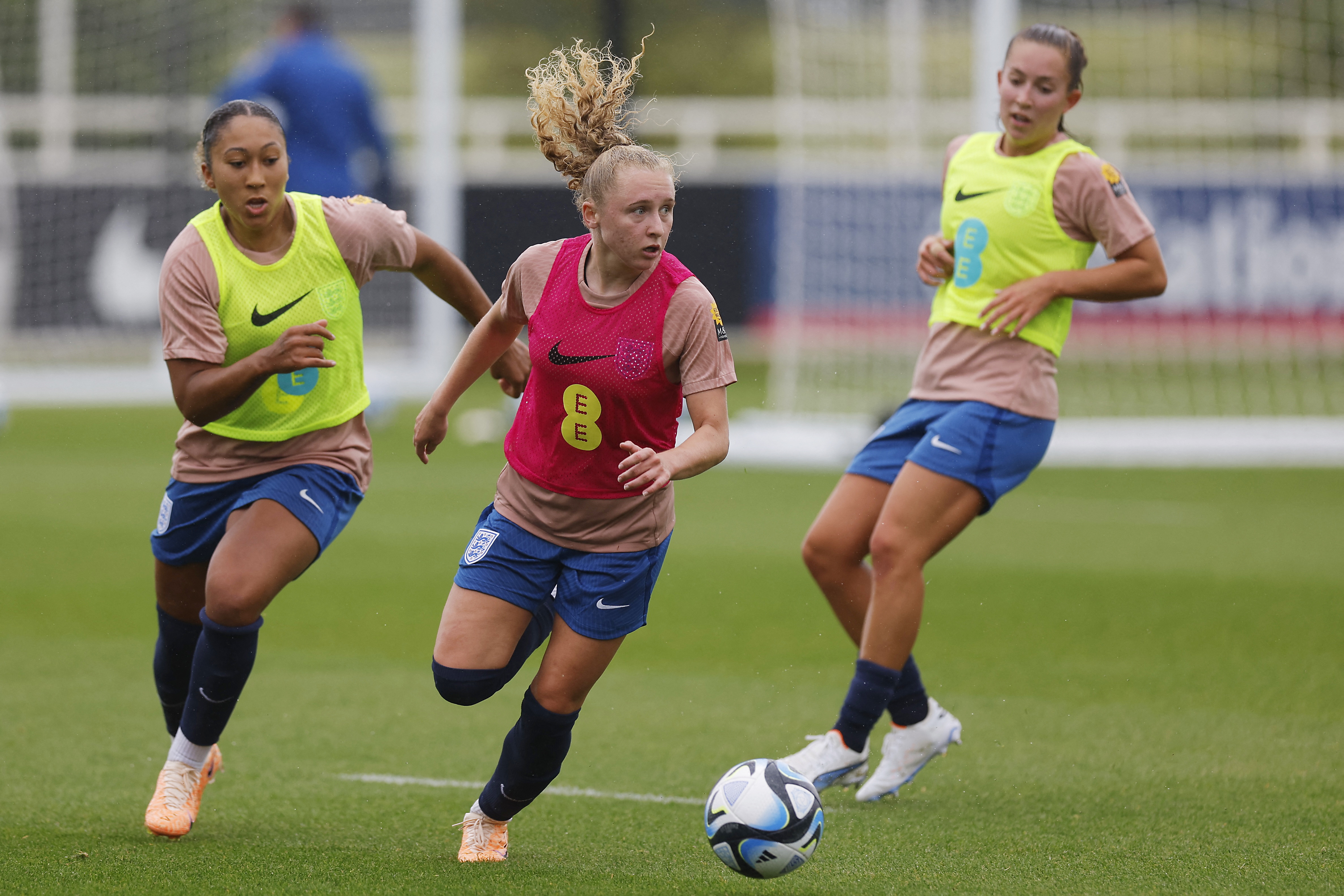Context is queen: filling the gaping hole in Sports and Exercise Medicine research and practice
Nonhlanhla Mkumbuzi explores the gaps in research and discusses the inclusion of context as a critical determining factor when designing interventions in marginalized groups.
Sports and Exercise Medicine research largely excludes women cohorts. However, women’s biology influences the outcome of training programs and medical interventions. Still, the evidence pool is mainly void of specific data to design appropriate interventions.
Only 6% of Sports and Exercise Medicine (SEM) research is exclusive to women cohorts, and about 30% includes them(1). That means, 70% of the time, the development of training programs, clinical interventions, and policy is without consideration for women’s biology. While male biology is fairly consistent, the menstrual cycle hormonal fluctuations exclude women from SEM research. Though the primary function of the major hormones of the menstrual cycle is reproductive, they also influence other physiological systems such as the musculoskeletal and metabolic systems(2,3). These effects are considered confounders to research results; therefore, research is almost exclusive to male cohorts. Paradoxically, in the clinical application, SEM practice assumes consistent hormonal levels in designing training programs and other clinical interventions for female athletes. For the most part, SEM disregards hormonal fluctuations and uses male data for female athletes.
Women experience higher concussions and anterior cruciate ligament (ACL) injuries than men(4). In addition, for concussions, women present with different, more severe, and longer-lasting symptoms than their male counterparts in the same sport(4). However, as most research on concussion is exclusive to men, the clinical features, management, and return to play protocols are primarily derived from male data. Consequently, clinicians may consider female athletes to present with ‘atypical’ symptoms and ‘delayed’ healing, which leads to frustration. The menstrual cycle hormonal fluctuations affect every biological system, and clinicians should not ignore this when managing female athletes. A truly evidence-based SEM practice would not only acknowledge the sex differences in injury risk, performance, and recovery but also accommodate them in the description of clinical features, development of training plans, and interventions(see figure 1).
Gender tinted glasses
Hormonal fluctuations are not the only contributors to the sex-related differences in injury risk. Practitioners cannot separate the biological differences between men and women from the social and cultural contexts in which they exist. In this case, a gendered sports environment operates within a hegemonic masculine norm. A strong focus on the biomechanical ignores that men and women experience the sporting environment differently because they are male or female. While women may experience more concussions or ACL injuries than men, they do so in an environment that views them as fragile(4).
You need to be logged in to continue reading.
Please register for limited access or take a 30-day risk-free trial of Sports Injury Bulletin to experience the full benefits of a subscription. TAKE A RISK-FREE TRIAL
TAKE A RISK-FREE TRIAL
Newsletter Sign Up
Subscriber Testimonials
Dr. Alexandra Fandetti-Robin, Back & Body Chiropractic
Elspeth Cowell MSCh DpodM SRCh HCPC reg
William Hunter, Nuffield Health
Newsletter Sign Up
Coaches Testimonials
Dr. Alexandra Fandetti-Robin, Back & Body Chiropractic
Elspeth Cowell MSCh DpodM SRCh HCPC reg
William Hunter, Nuffield Health
Be at the leading edge of sports injury management
Our international team of qualified experts (see above) spend hours poring over scores of technical journals and medical papers that even the most interested professionals don't have time to read.
For 17 years, we've helped hard-working physiotherapists and sports professionals like you, overwhelmed by the vast amount of new research, bring science to their treatment. Sports Injury Bulletin is the ideal resource for practitioners too busy to cull through all the monthly journals to find meaningful and applicable studies.
*includes 3 coaching manuals
Get Inspired
All the latest techniques and approaches
Sports Injury Bulletin brings together a worldwide panel of experts – including physiotherapists, doctors, researchers and sports scientists. Together we deliver everything you need to help your clients avoid – or recover as quickly as possible from – injuries.
We strip away the scientific jargon and deliver you easy-to-follow training exercises, nutrition tips, psychological strategies and recovery programmes and exercises in plain English.









